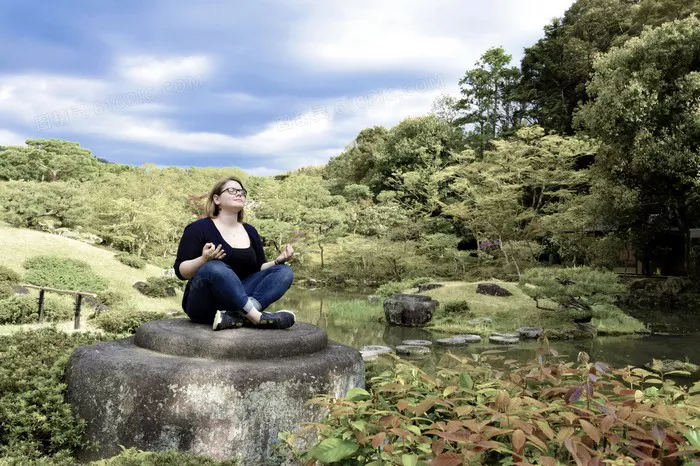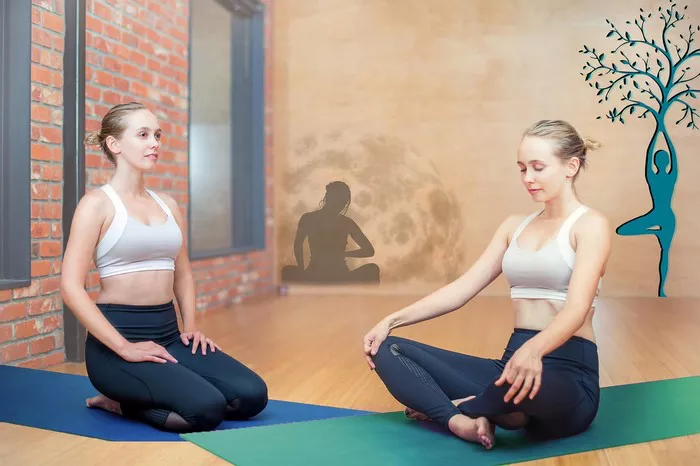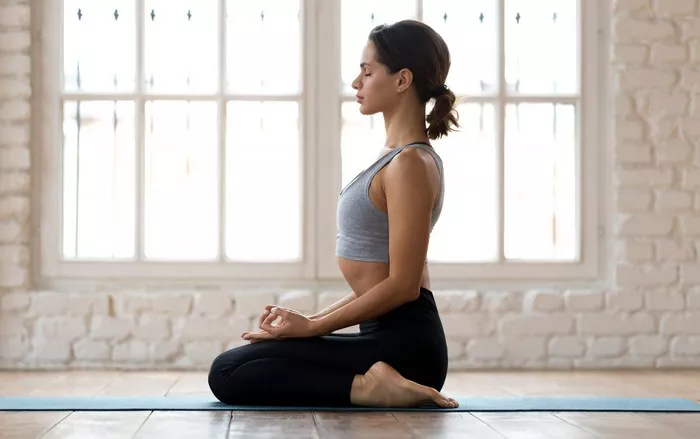Ashtanga Yoga is one of the most structured and disciplined forms of yoga, emphasizing a specific sequence of postures, breath control, and meditation. Developed and popularized by Sri K. Pattabhi Jois, Ashtanga Yoga follows a set sequence that practitioners adhere to in a progressive manner. Understanding the correct order of Ashtanga Yoga is essential to practice it effectively, ensuring proper alignment, breath synchronization, and physical and mental development.
The Eight Limbs of Ashtanga Yoga
Before delving into the physical practice, it is important to understand the philosophical foundation of Ashtanga Yoga. The term “Ashtanga” means “eight limbs” in Sanskrit, referring to the eightfold path outlined by the ancient sage Patanjali in the Yoga Sutras. These eight limbs guide the practitioner toward enlightenment and self-realization:
Yama (Moral Restraints) – Ethical disciplines including non-violence (ahimsa), truthfulness (satya), non-stealing (asteya), moderation (brahmacharya), and non-possessiveness (aparigraha).
Niyama (Personal Observances) – Personal disciplines such as purity (shaucha), contentment (santosha), self-discipline (tapas), self-study (svadhyaya), and surrender to the divine (Ishvarapranidhana).
Asana (Physical Postures) – The physical practice of yoga postures, which is the focus of Ashtanga Yoga.
Pranayama (Breath Control) – Regulation of breath to control life energy (prana).
Pratyahara (Withdrawal of Senses) – Turning the senses inward to reduce distractions.
Dharana (Concentration) – Focusing the mind on a single point.
Dhyana (Meditation) – A state of uninterrupted meditation.
Samadhi (Absorption) – The ultimate goal, where the practitioner attains spiritual enlightenment.
The Structure of Ashtanga Yoga Practice
The physical practice of Ashtanga Yoga follows a specific order, divided into different series. These series are designed to build strength, flexibility, endurance, and concentration over time.
1. The Opening Sequence
Every Ashtanga Yoga session begins with a set of sun salutations to warm up the body and prepare it for the practice. These include:
Surya Namaskara A (Sun Salutation A) – Typically performed five times, consisting of forward folds, chaturanga dandasana (low plank), upward-facing dog, and downward-facing dog.
Surya Namaskara B (Sun Salutation B) – Also repeated five times, incorporating additional elements like the warrior I (virabhadrasana I) pose.
Standing Postures – Following the sun salutations, a sequence of standing postures is performed, including Padangusthasana (Big Toe Pose), Trikonasana (Triangle Pose), and Parsvottanasana (Intense Side Stretch Pose).
2. The Primary Series (Yoga Chikitsa)
The Primary Series, known as “Yoga Chikitsa” or “Yoga Therapy,” focuses on detoxifying the body and building foundational strength and flexibility. The sequence follows:
Forward bends – Paschimottanasana (Seated Forward Bend), Janu Sirsasana (Head-to-Knee Pose), and Marichyasana (Pose of the Sage Marichi).
Hip openers and twists – Baddha Konasana (Bound Angle Pose) and Ardha Matsyendrasana (Half Lord of the Fishes Pose).
Core-strengthening postures – Navasana (Boat Pose) and Bhujapidasana (Shoulder-Pressing Pose).
Backbends and finishing postures – Urdhva Dhanurasana (Upward Bow Pose) leading into the final relaxation pose, Savasana.
3. The Intermediate Series (Nadi Shodhana)
The Intermediate Series, called “Nadi Shodhana” or “Nerve Cleansing,” purifies the nervous system and strengthens the spine. It includes:
More intense backbends – Kapotasana (Pigeon Pose) and Eka Pada Raja Kapotasana (One-Legged King Pigeon Pose).
Stronger arm balances – Bakasana (Crow Pose) and Pincha Mayurasana (Forearm Stand).
Deep twists and hip openers – Ardha Matsyendrasana variations.
Leg-behind-the-head poses – Such as Eka Pada Sirsasana (One-Leg-Behind-the-Head Pose).
4. The Advanced Series (Sthira Bhaga)
The Advanced Series, known as “Sthira Bhaga” or “Strength and Grace,” is a challenging series that requires extreme strength, flexibility, and balance. It includes advanced arm balances, deep backbends, and extreme flexibility postures. This series is divided into four levels: A, B, C, and D.
5. The Closing Sequence
Every Ashtanga practice concludes with a cooling-down sequence, which includes:
Inversions – Sarvangasana (Shoulder Stand) and Sirsasana (Headstand).
Forward bends – Paschimottanasana and Uttanasana (Standing Forward Fold).
Lotus postures – Padmasana (Lotus Pose) leading into meditation.
Savasana (Final Relaxation) – A few minutes of deep relaxation to absorb the benefits of the practice.
Breath and Drishti in Ashtanga Yoga
Throughout the practice, two essential elements are emphasized:
Ujjayi Pranayama (Victorious Breath) – A controlled breathing technique that produces a soft oceanic sound, helping to maintain focus and regulate energy.
Drishti (Gaze Point) – A specific focal point for each posture, promoting concentration and inner awareness.
Conclusion
Ashtanga Yoga follows a systematic order that builds strength, flexibility, and mental discipline. Each series serves a unique purpose, progressively preparing the body and mind for deeper levels of practice. By adhering to the correct sequence, practitioners can experience the transformative benefits of Ashtanga Yoga, leading to improved physical health, mental clarity, and spiritual growth. Whether you are a beginner starting with the Primary Series or an advanced yogi exploring the deeper aspects of practice, following the structured order of Ashtanga Yoga is key to unlocking its full potential.
Related Topics:





















